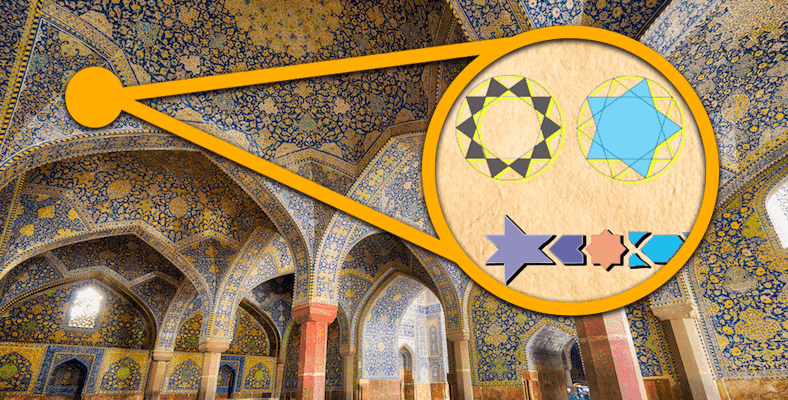Various patterns of Islamic culture appear almost everywhere we turn our heads. This tradition begins in the 8th century AD, in the early periods of Islam, and the artists in the period took the motifs they saw from Roman and Persian culture and developed new forms of visual expression from them.
Geometric patterns consisting of circles, squares, as well as many shapes or derived from these shapes; by combining, incorporating, and multiplying creates various appearances and these emerging motifs have become one of the most striking elements of Islamic art.
These designs, which show that we can create unlimited patterns, are a kind of expression of the artist’s freedom and the repetition of these motifs. endless possibilities for growth and diversity presents.
Artists and craftsmen, who were forbidden to make depictions of people in sacred places, developed an aesthetic that was instantly recognizable and fascinated us.
It is quite curious how the artists managed to create perfect geometric patterns. extensive knowledge of geometry he had.
The skills of these artists were not based on theoretical knowledge, but they had the knowledge to know how to divide a circle into twelve equal slices without measuring the angles of that motif with the protractor. In fact, in order for artists to reach the drawings they dream of. a ruler and compass it was enough.
Patterns in Islamic art and architecture are usually in a wonderful sequence and harmony. Although it may seem complicated at first glance, these motifs mostly consist of the repetition of a single pattern.
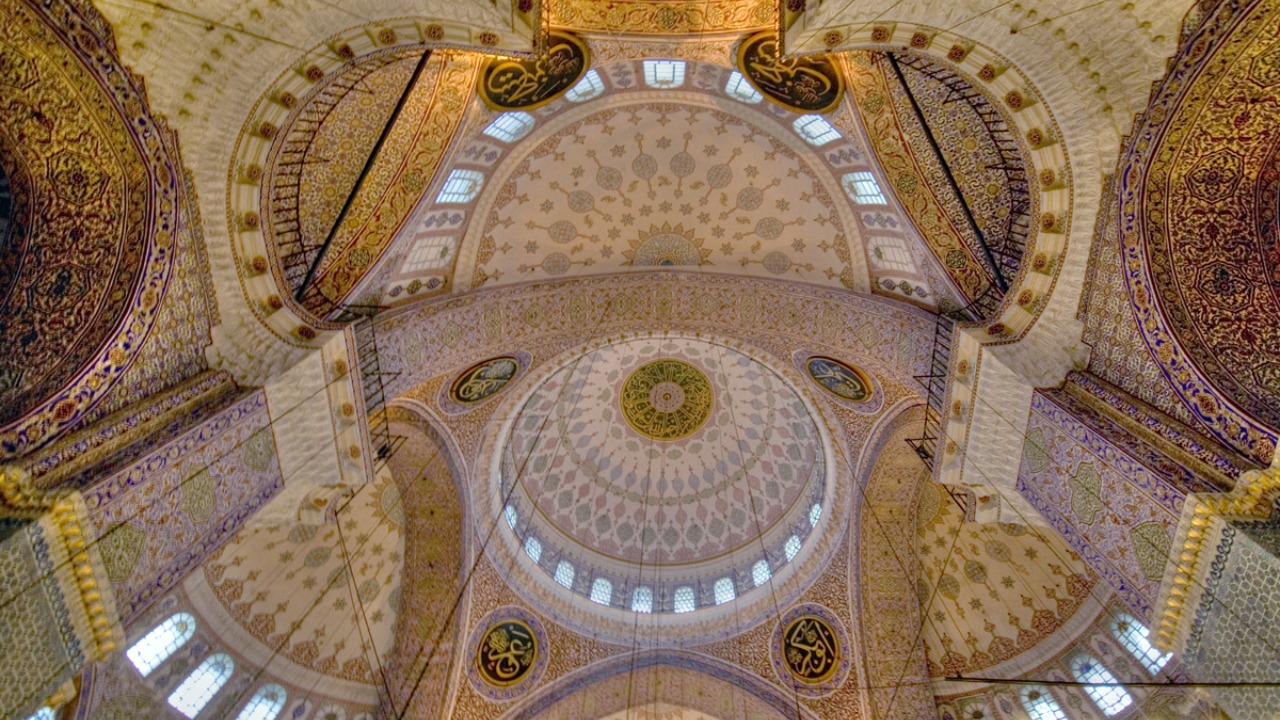
The artists of the period used the “enterThey used a style called ‘. Means “knot” in Persian In its simplest definition, this concept is geometric designs consisting of lines radiating from regular and arrayed starting points and intersecting at these points.
The entrances, which cover the plane properly and also consist of different shapes, were created with “lines” called compass and unmarked ruler in the first place.
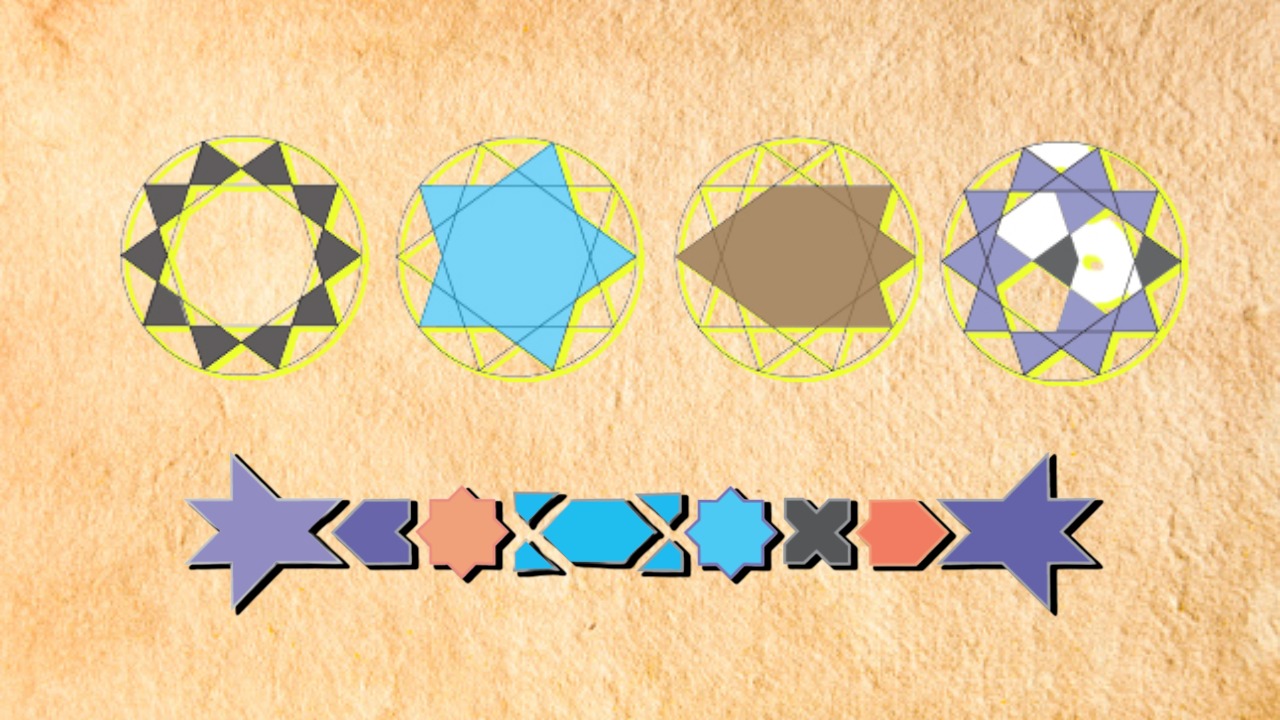
Therefore the shapes a 2, 3, 4 or 6 fold rotational symmetry was bringing together. In time, with the progress of this art in the 1200s, girihs began to turn into a 5 and 10 fold rotational symmetry in the form of stars and polygons. It was also possible to create these shapes with compasses and lines.
So how were these geometric patterns created, about which we know so little?
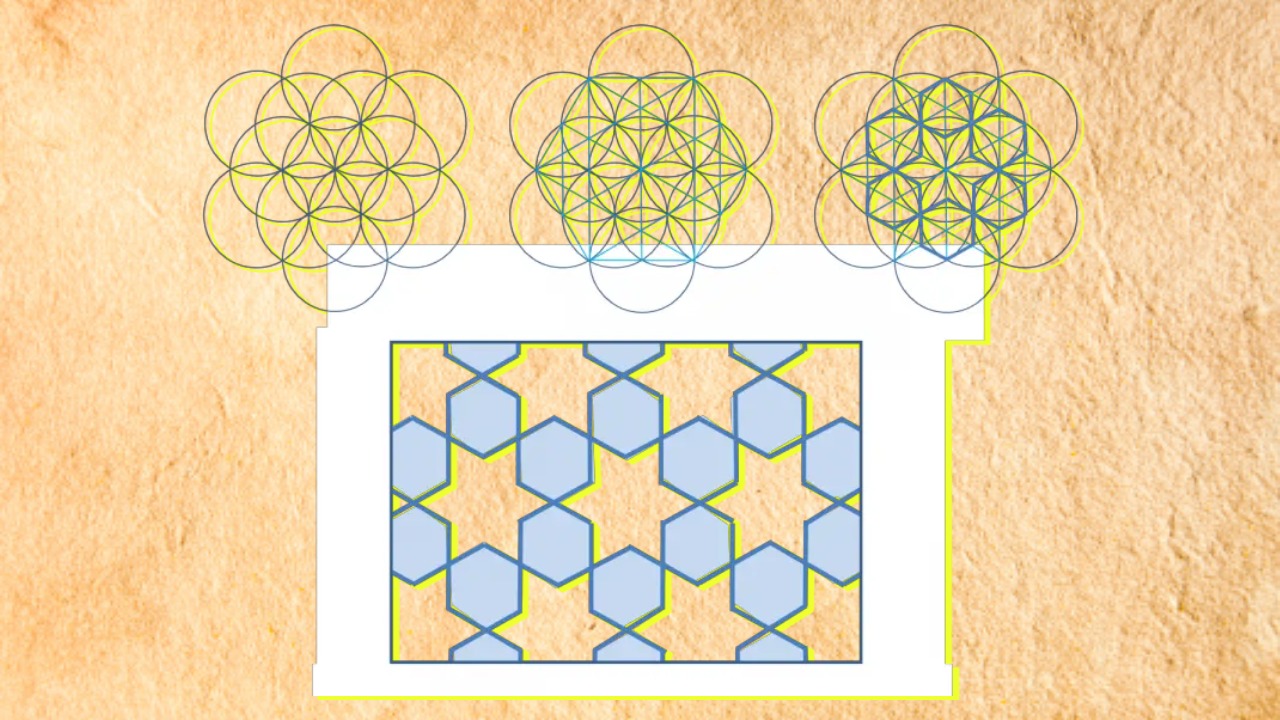
All geometric patterns starting point is a full circle. The artist then adds secondary circles of various sizes depending on his imagination. It establishes a relationship between these circles and connects the sections with straight lines to create complex patterns.
The main shape of the pattern, the way circles and lines intersect determines. The designer must first decide how many secondary circles to draw around the main circle. Because this motif will show which group the model will belong to.
In addition to the circle, different shapes can be used to create original models.
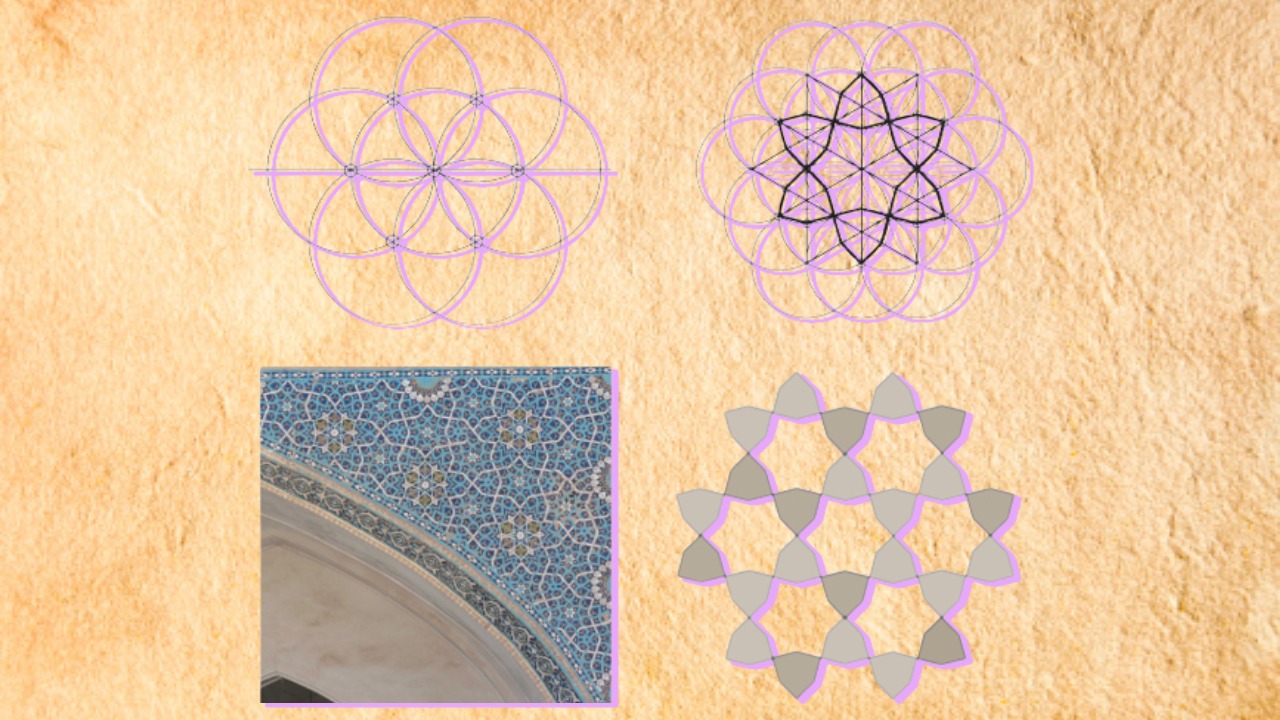
Squares or quadrilateral polygons, star pattern of circled squares and triangles, polygons with many more sides, this with the circle basis of motif designs. creates.
Harmony and balance are very important in the design of these shapes, which form the masterpieces of Islamic geometry.
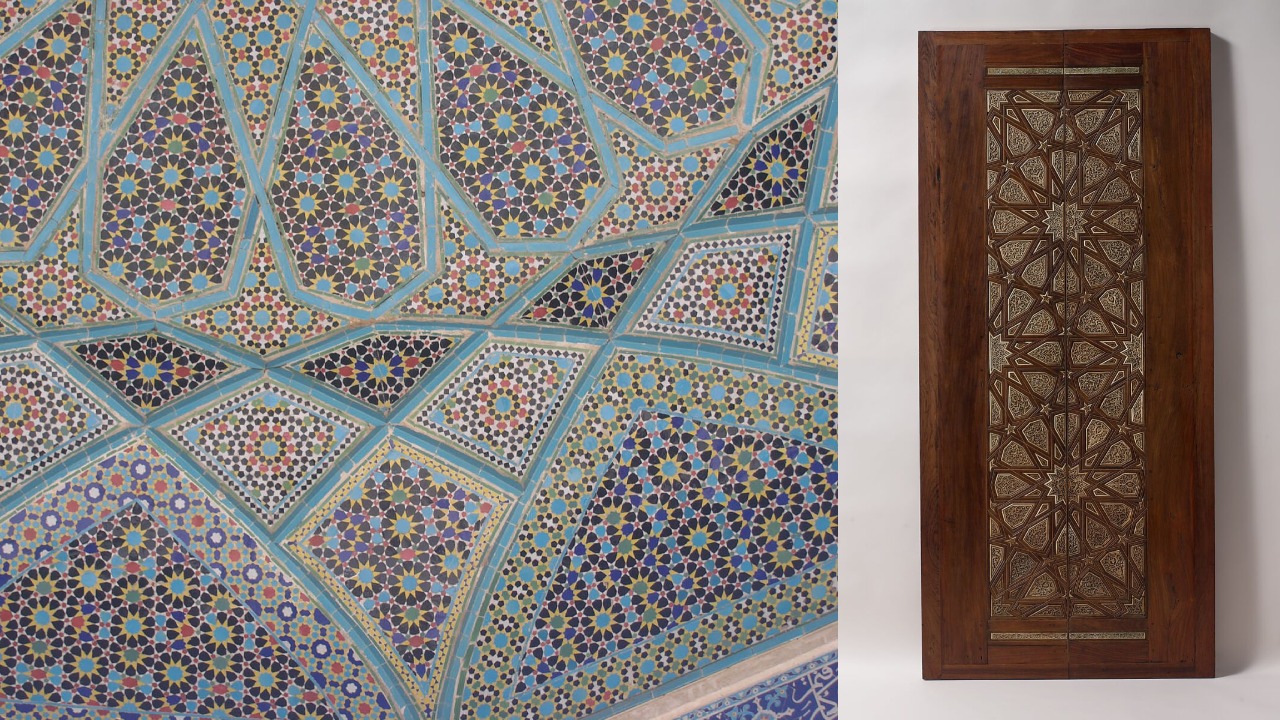
A pattern consisting entirely of straight lines is considered incomplete, and for this reason, the artist who created the motif, be able to create different shapes and make them clear needs additional things.
Artists, who attach great importance to the decoration of traditional geometric arrangements, reveal the richness of linear patterns with various motifs or color applications. flowers and leavesIt is mainly used in the creation of these floral motifs.
These designs not only adorn mosques, madrasahs and palaces, but are also embroidered as the main decorative element on a multitude of items of all kinds.
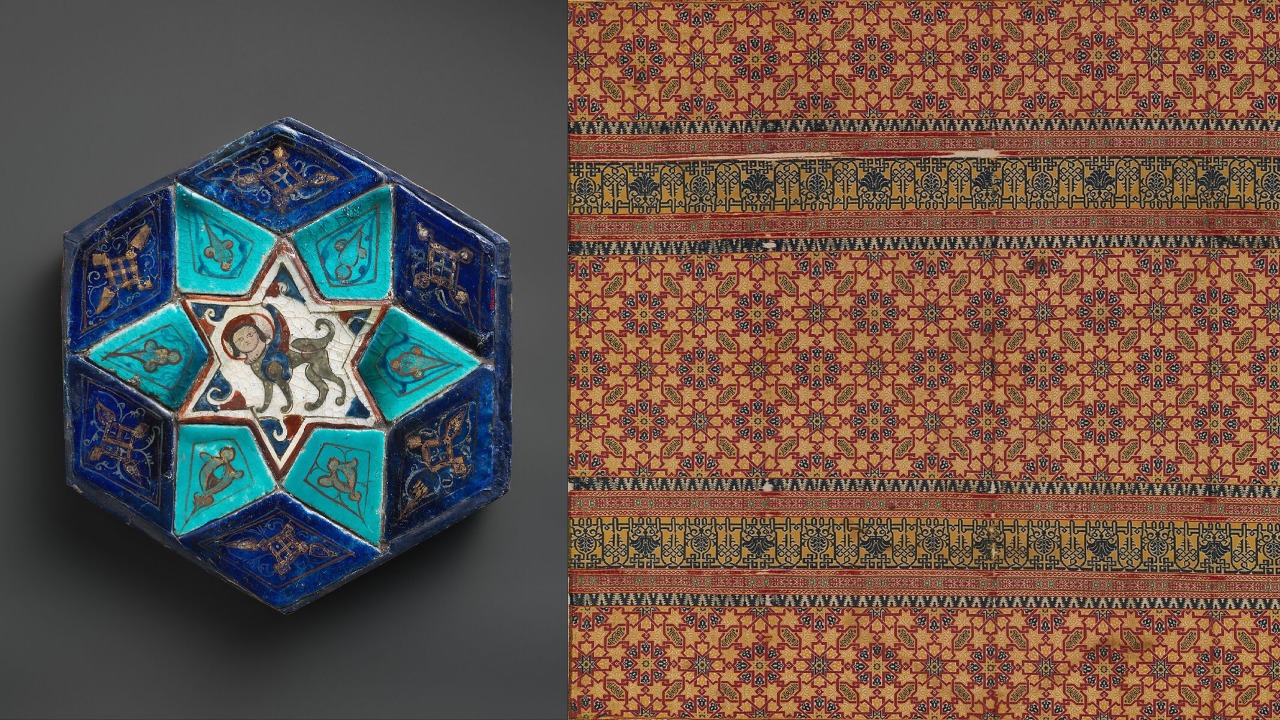
Bowls, washbasins, pulpit doors, plates, various textile products and carpets used for ornamental purposes are quite a part of this art of geometry. successful and flawless a few of the items that show that it is reflected in some way.
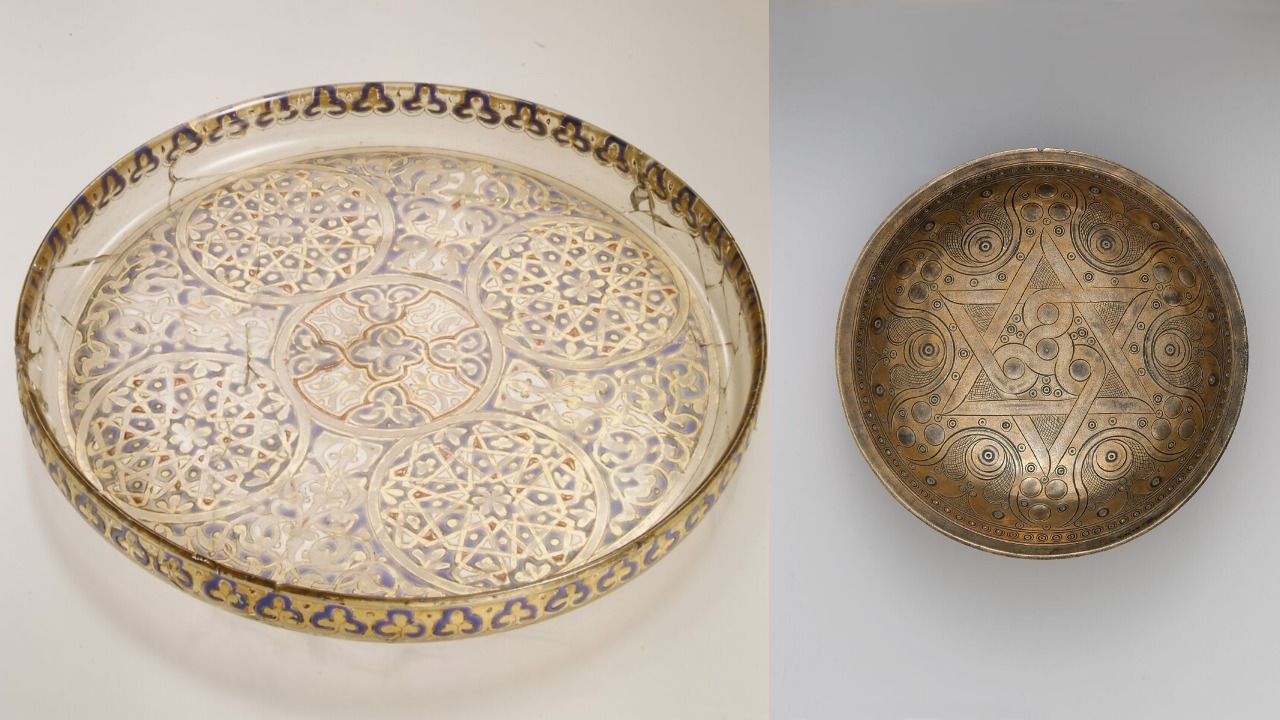
There are hardly any sources describing how the created patterns are made, and in this sense, there are only 5 sources that have reached us in written form.
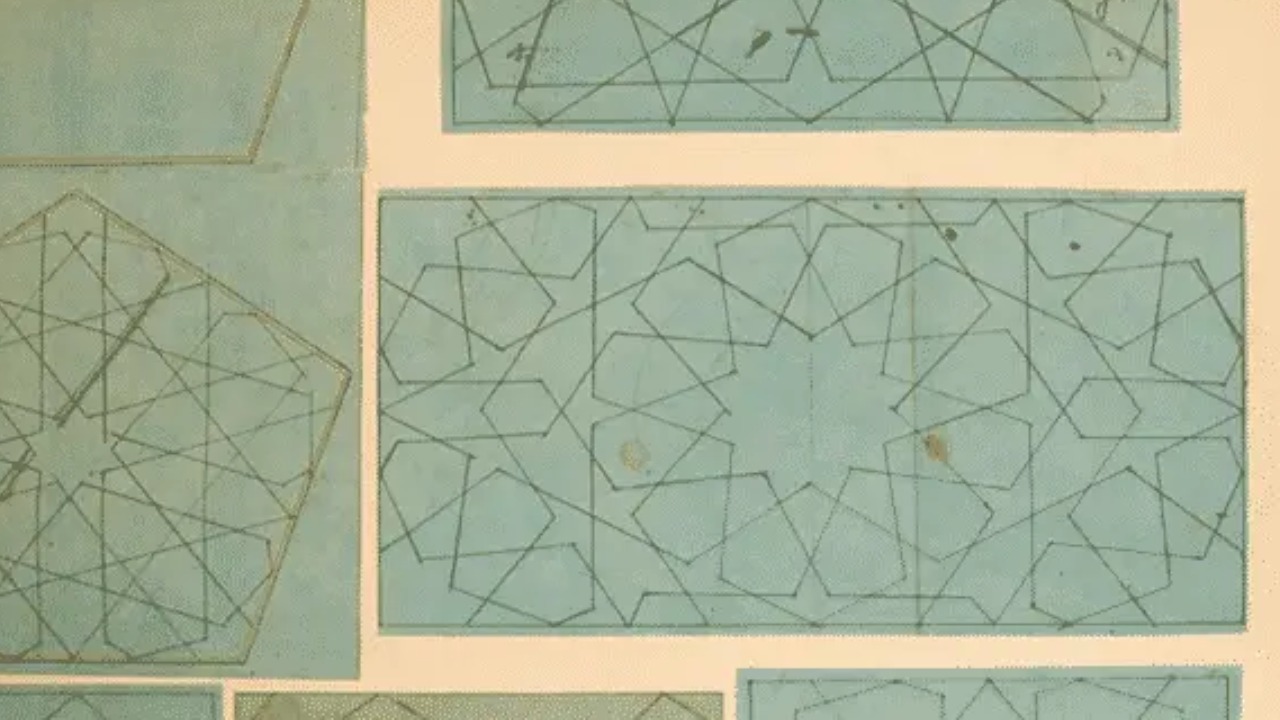
In addition to the work written by Vefa el-Buzcani, in which the use of pervel and ruler belonging to Euclidean plane geometry is explained, this work, known as the Topkapı Parchment, contains 110 different patterns. The most successful of all extant scrolls.
Tashkent Scrolls, the oldest of which belongs to the 16th century, but contains geometric drawings from various periods, geometric drawings created by Mirza Akbar, which are preserved in the Victoria-Albert museum today, and another book containing similar or reciprocal shapes registered in the Paris bibliotheque Nationale library. of the works that form the basis of this art..
RELATED NEWS
Strange Geometry Pushing the Boundaries of Science
RELATED NEWS
Scientists Have Discovered A New and Obscure Geometric Shape
RELATED NEWS
Your Brain Will Be Fried While Trying To Understand How The World’s Oldest Puzzle Was Solved The Archimedes Box!
RELATED NEWS
